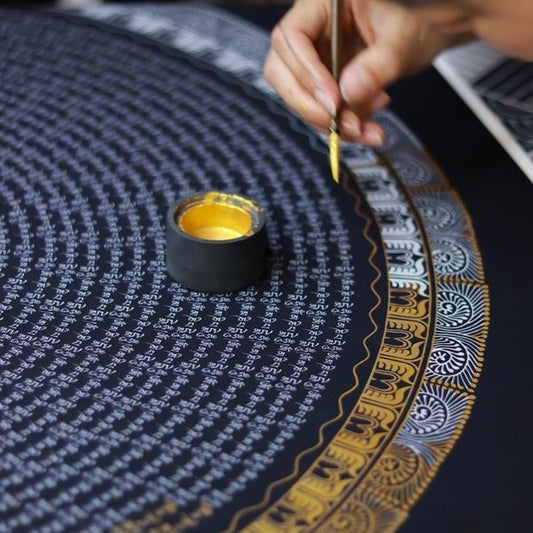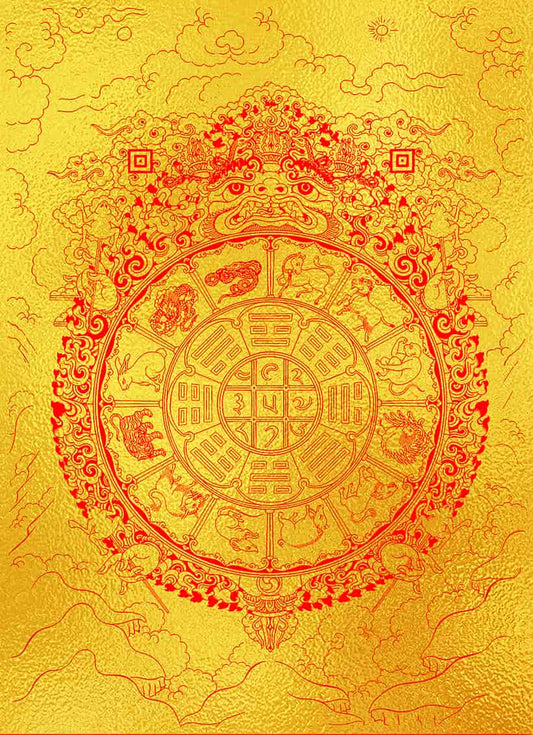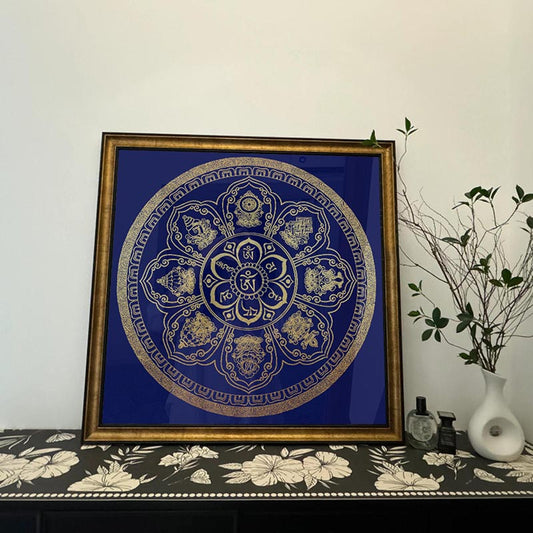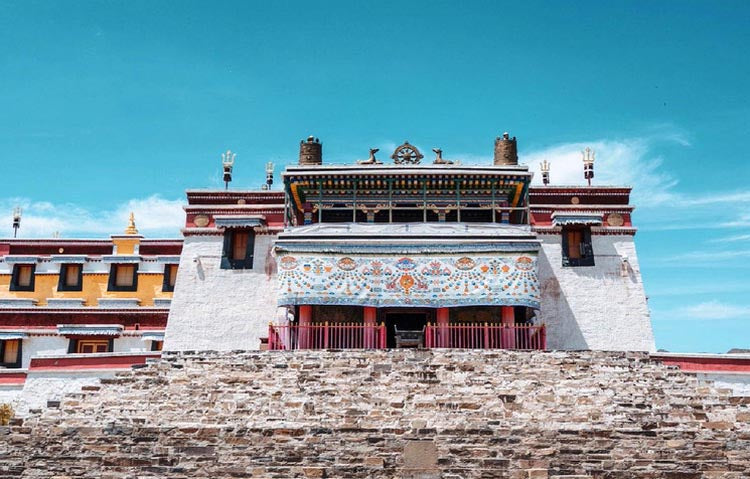The Living Canvas Crafting a Thangka Painting
The Living Canvas Crafting a Thangka Painting
Making a thangka is an art in motion, a living dialogue between the artist and the divine. If you ever find yourself wandering the winding streets of a Tibetan settlement, you may hear the gentle hum of artists at work, their studios filled with the whispers of age-old techniques passed down through generations.
A thangka begins with meticulous preparation. The canvas itself is often prepared by hand, stretched over a wooden frame, and treated to achieve just the right texture. This groundwork is essential, setting the stage for an art form that is not merely painted, but brought to life through a spiritual process. And here, it's not just the painting, but the paint itself that holds stories of its own. Traditional thangka artists use pigments derived from natural minerals and plants. Lapis lazuli and malachite provide deep blues and vibrant greens, while saffron and ochre give life to warm yellows and reds. It’s an alchemical process, one that transforms simple elements of the earth into something transcendent.
The act of painting a thangka is as much about the unseen as the seen. The image takes shape slowly and deliberately, guided by sacred proportions that have been preserved through centuries of Buddhist art. These guidelines ensure that the divine figures are represented with the utmost respect and accuracy. As an artist lays down each line and curve, there is a palpable connection to the teachings these images convey — compassion, wisdom, and the transcendence of earthly concerns.
Each day at the easel is a meditation, a reflection of the artist’s own journey within the vast tapestry of Tibetan spirituality. For some, this practice is more than a personal devotion; it is a means of sustaining a lineage. Many thangka artists are trained in family workshops or under the guidance of master painters. In these settings, the craft becomes intergenerational, a living thread that ties the present to the past.
While the finished thangka is a tapestry of vibrant colors and intricate detail, it's the process of creation that remains at the heart of this art form. Each thangka is a portal — a mirror of tradition and an expression of life that continues to evolve with each brushstroke. So, when you next stand before a thangka, allow yourself a moment to trace the artist's journey. Feel the rhythm of their devotion, and perhaps, catch a glimpse of the sacred dance between the earthly and the divine.





